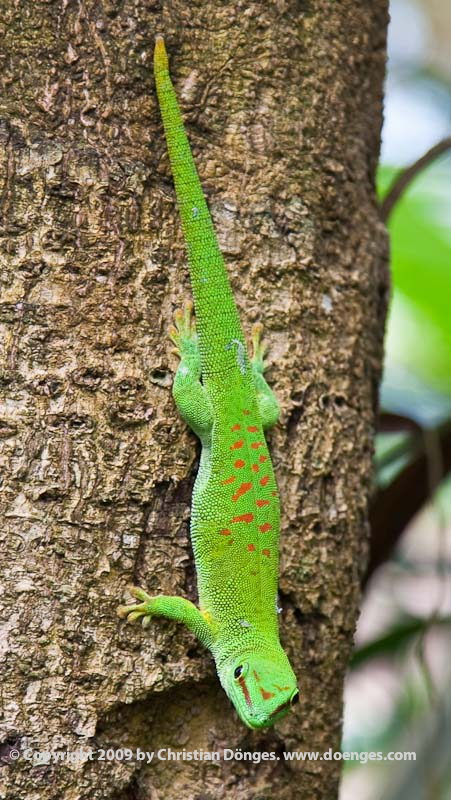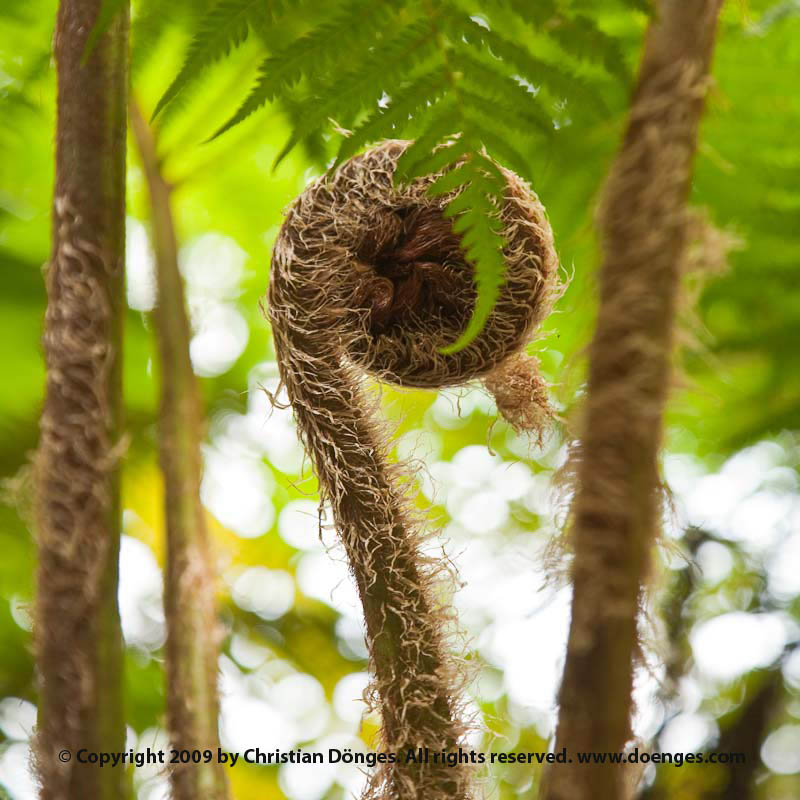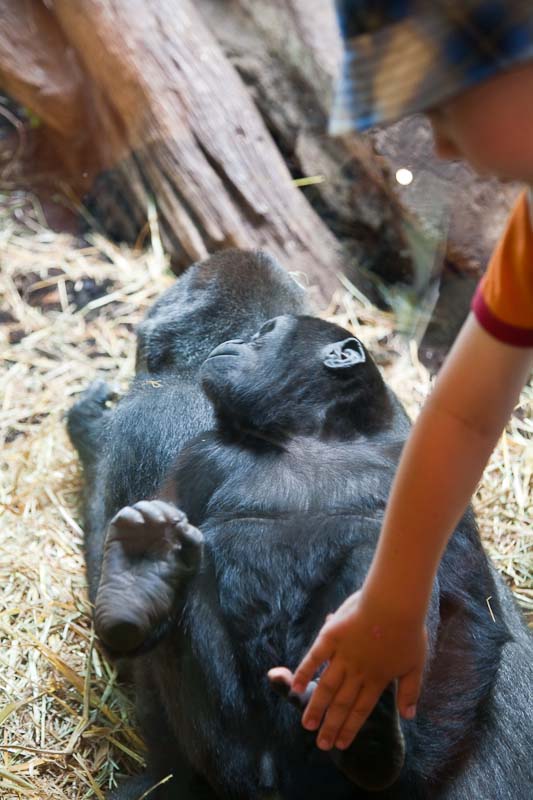Joe McNally’s The Hot Shoe Diaries: Creative Applications of Small Flashes is about lighting using small flashes (strobes). If what you find on Strobist is not enough, this is the book to get.
Joe starts by describing his gear. He’s a Nikon guy, clearly in love with his gear, and he clearly knows his stuff very well. I use Canon, so was there a problem? No. Most of what the Nikon strobes can do Canon can do too (and vice versa) so if you understand what he explains, it is quite simple to translate into the Canon world. Effectively you loose less than a dozen pages to “Nikonese”.
Joe then presents a large number of his images, explaining how he lit each one of them. There is a lot of anecdotal background describing how he came to make each shot, which I found quite entertaining.
Speaking of which, Joe is very funny. I laughed out loud a number of times reading the book which is something that can not be said of many photography books. If photography and comedy turns you on, this may be the book for you …
I found the description of how each image was created easy to understand and visualize (sketches are provided for the mor elaborate setups). Joe clearly is an experienced educator, I had no trouble following him and creating some of the effects.
The selection of images is quite useful as a number of concepts or different ways of lighting are explained which can then be combined for good effect in your own photos. While some pictures are way beyond my ambitions (I do not see myself rigging a dozen strobes to an airplane … I do not have a dozen strobes :-)) most are directly applicable to situations and subjects that anyone might encounter. I learned a huge amount of practical knowledge.
To summarize: if you are interested in lighting using strobes, this is simply the book to get.

5 stars (out of 5)






